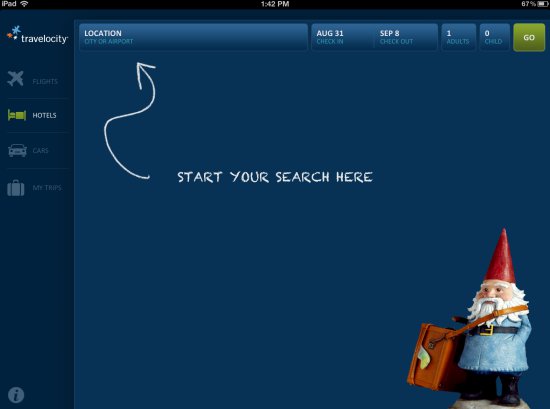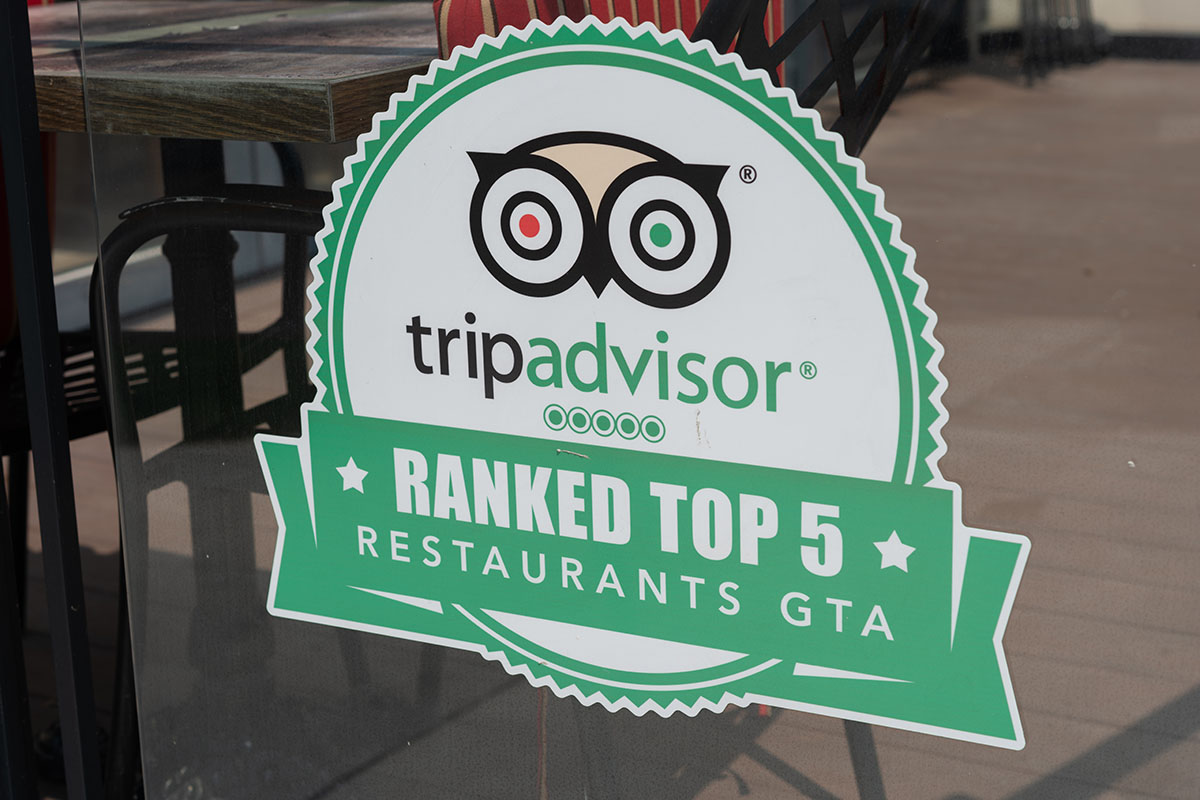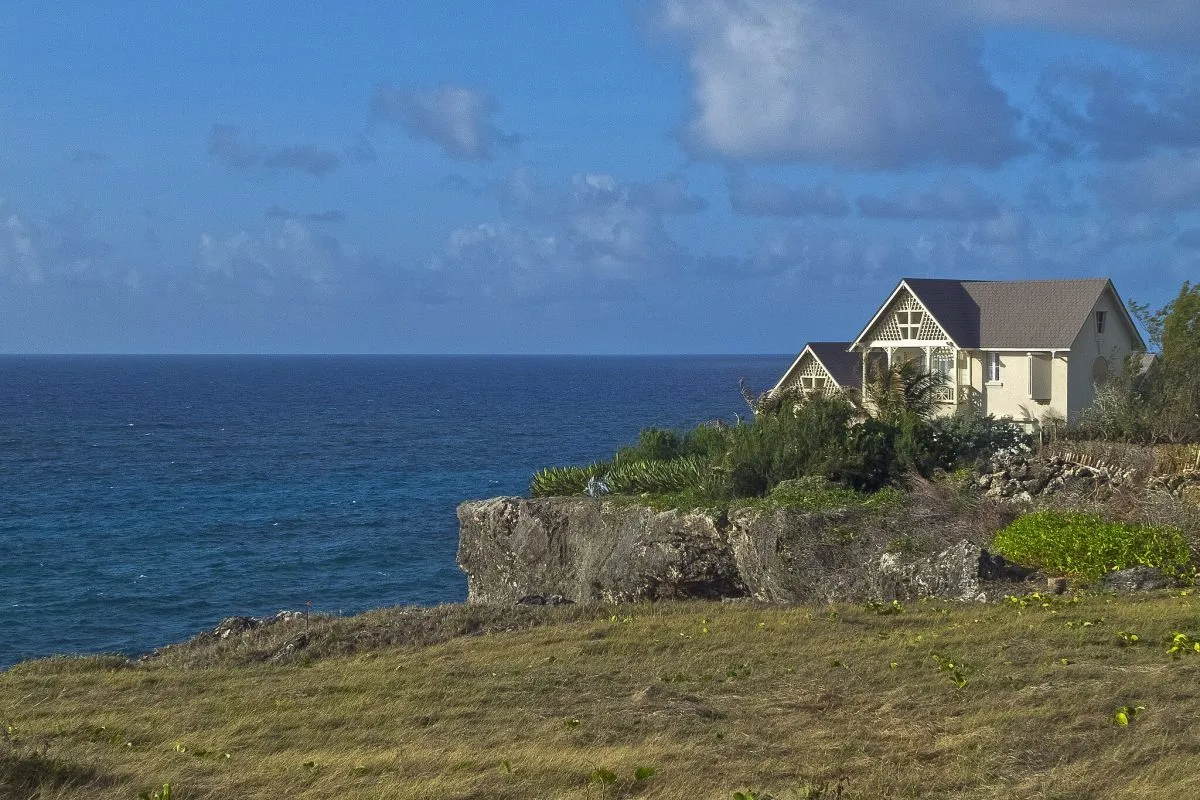SkiftStats: Smartphone men love Delta and Hilton apps, women prefer Disney and Travelocity

Skift Take
Men love their Delta Air Lines apps, while women prefer Southwest's, and apparently the Roaming Gnome has sex appeal because nearly two-thirds of Travelocity mobile users are female.
Or at least these are some of the findings in a comScore Mobile Metrix 2.0 study of U.S. smartphone usage by travelers in July.
When comScore broke down by gender iOS, Android and RIM users, including those wielding mobile browsers and apps, from 15 travel companies, the study found that:
- 73.6% of Delta Air Lines mobile users were men;
- 60.8% of Southwest Airlines mobile users were women;
- 66.8% of Hilton's mobile users were male;
- Disney Parks and Travel attracted the highest percentage (69.8%) of female mobile users, and
- Travelocity had the highest percentage (65.9%) of female mobile users in the online travel agency category, followed by Orbitz (58.4%).
What does it all mean?
Does the woman-man split in mobile merely reflect the overall demographic breakdown in each company's customer base?
For Travelocity, the skewing toward women in its mobile usage at 65.9% is a little more pronounced than in its desktop usage (54.1%) in July, for example, says Sarah Radwanick, a comScore spokesperson.
"It's unique to each brand," says Radwanick, and the demographic breakdown can be a function of targeting and other factors.
It is important for each brand to be aware of how users, male, female or in different age groups, are engaging with its apps, and to determine how this fits with overall goals, Radwanick says.
Apps versus browsers
In other findings from the comScore study, mobile usage in travel is very different from consumer patterns for content in general.
While 83% of all mobile content in terms of minutes used was consumed by apps and just 17% by browsers in July, mobile usage in travel at the 15 companies examined was much more evenly divided, comScore found.
In fact, 53% of the mobile usage was done through apps and 47% accomplished through mobile browsers, comScore says.
So travel apps and mobile sites are still vying for supremacy and so far have battled to a draw.
comScore versus Nielsen
This finding was very different from the one recently drawn by Nielsen data, which found that apps dominated mobile browsers in travel in June.
Part of the discrepancy may be in how comScore and Nielsen defined "travel."
Nielsen's study found that 78% of users' time in mobile spent in the travel category went to Google Maps, which was not among the 15 travel companies that comScore examined.
Meanwhile, In comScore's July mobile study, the travel companies with the largest mobile audiences were TripAdvisor Media Group (6.7 million visitors), Expedia Inc. (6 million), and Southwest Airlines (4.1 million).





